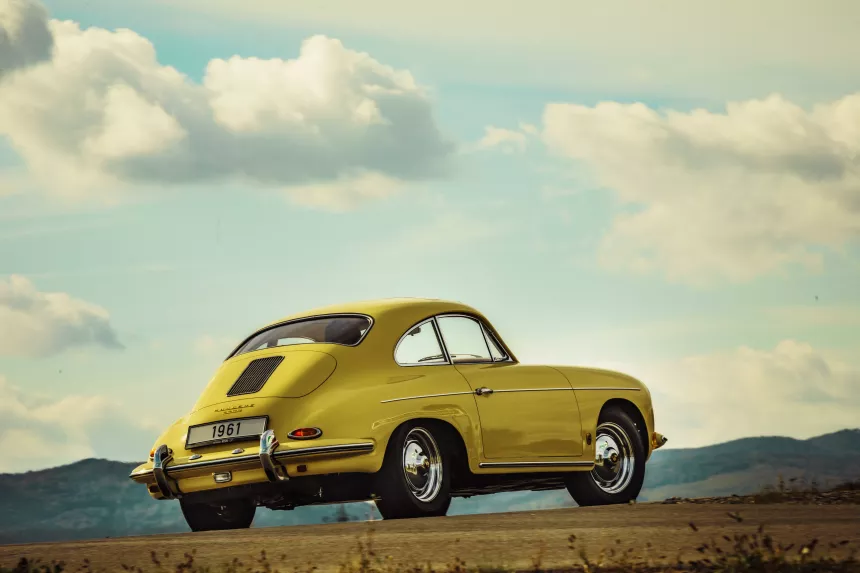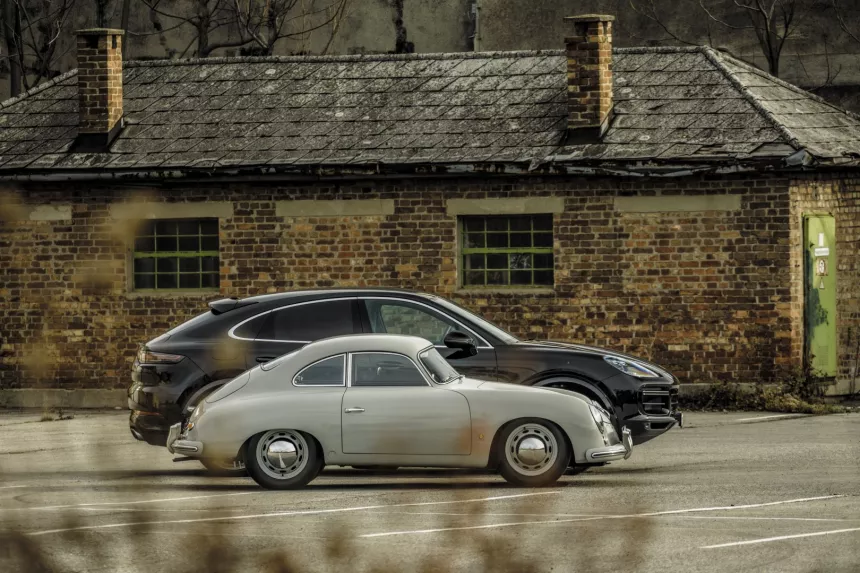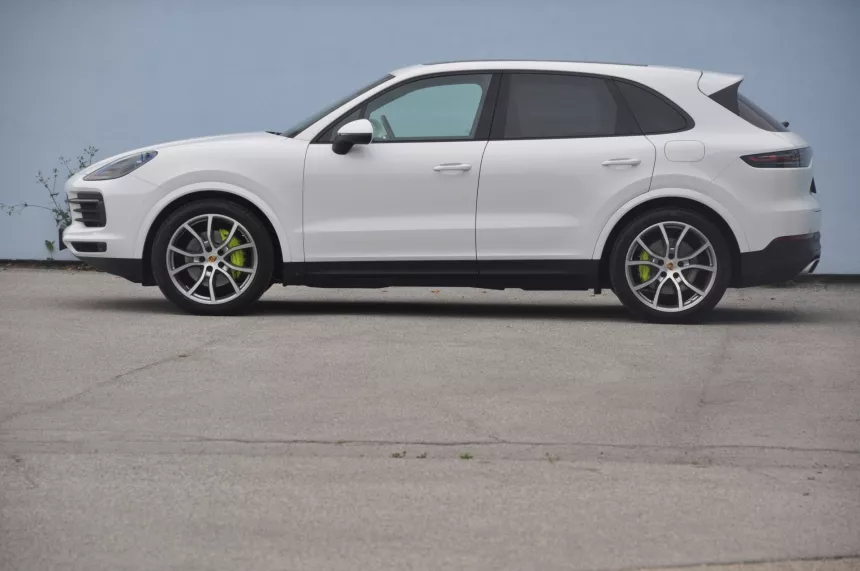From design bureau to global brand
Each of our classic Porsches contains Porsche’s unique DNA. And each day we experience anew the satisfaction of participating in the fulfilment of a dream and watching our customers immerse themselves in a unique story that hardly ever lets them go.
The dream that came true

Ferdinand Porsche was only eleven years old when the motorcar was invented, but even as a boy a he took a lively interest in the new developments around him. Young Ferdinand was particularly fascinated by electricity: aged thirteen he installed electric doorbells and at sixteen he wired his parents’ house for electric lighting. This early interest took him to the Bela Egger & Co. electrical works in Vienna, where he took a leading role in designing the Egger-Lohner electric vehicle (Porsche P1). Porsche later moved to Jacob Lohner & Co., coachbuilders to the imperial court, where he designed a successor model with electric motors mounted in the wheel hubs which caused a sensation at the 1900 Paris World Fair. Some years later, Porsche became chief designer at Austro-Daimler in Wiener Neustadt before moving to Stuttgart, where he headed the design department at Daimler-Motoren-Gesellschaft and became a director of the company. Moreover, Porsche began to make a name for himself in the world of motor racing, with his two-seater sports car “Sascha” winning first place at the 1924 Targa Florio.
Porsche later returned to Austria to take the post of director-general at Steyr before setting up on his own with a design bureau, which in 1931 traded as “Dr. Ing. h.c. F. Porsche GmbH, Konstruktion und Beratung für Motoren- und Fahrzeugbau”. This was the foundation of a truly unique company.
Ferdinand Porsche was in a class of his own for inventiveness, willpower and vision. One of his most famous statements has continued to form a vital element in the company’s philosophy:
The Sixteen-Cylinder Mid-Engine Grand Prix Car
One of Porsche’s first commissions was the Porsche Type 12,
which was followed by the Type 32, a family car that already bore a resemblance to the later VW Beetle. The design initially proved costly to realise, however, and never went into production. In 1933, Porsche’s bureau developed the Auto Union Rennwagen, a grand prix racer with a sixteen-cylinder mid-mounted engine.
The VW Beetle
Reorganisation and move to Stuttgart
The birth of the 356 No. 1 Roadster

where work on the first car to be marketed under the name of Porsche began in 1947. Its lead designer was Ferdinand Porsche’s son Ferry, under whose auspices the 356 No. 1 Roadster and its production variant, the 356, were developed. The new model was authorised for road use in 1948.
The story of the Porsche badge
The first 911
The Boxster arrives
In a short time, Porsche developed a number of masterfully designed and built sports cars,
with notable examples including the 924 Carrera GT, the 928 and the 911 Speedster. A new arrival in August 1996 was the Boxster, whose prototype had been exhibited at the Detroit Motor Show, followed by the 996 a year later.
Breaking into the SUV market




